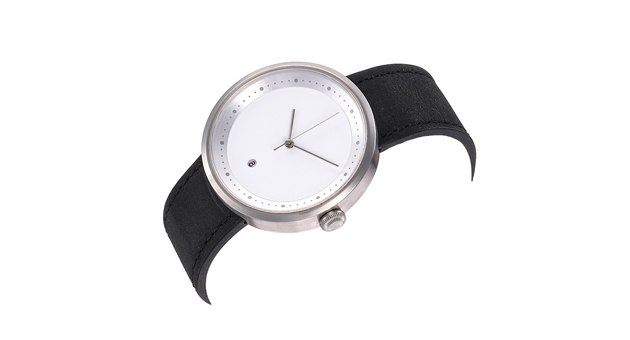EN
An annual/perpetual calendar watch usually is recognized by its watch dial. In general, the watch dial has three watch hands to display the minutes, hours, and seconds. Besides, there is a calendar window on this watch dial to display the date, month, and even year.

The simplest and most commonly used of all calendar watches is the single calendar quartz watch. In terms of appearance, the two common types of single calendar quartz watches are the hand type and the window type. The pointer type refers to the usage of hands to indicate the date of the watch. It’s common that there is the large pointer type with an outer ring and the small pointer type with a small disc. The window type has a small window type and a large window with two small windows to indicate the date.
It's the first step toward automated calendar calculations. The display of our affordable annual calendar watch includes day, date, and month displays, and the open window or pointer design makes reading the time easier. Another distinctive feature of the affordable annual calendar watch is that the machine is able to distinguish between the 30-day month and the 31-day month, with the only errors arising from the transition from late February to early March. Thus the annual calendar watch requires one manual adjustment per year.
Since the annual calendar could not recognize leap months in leap years, the more complex perpetual calendar appeared. Affordable perpetual calendar watches are more difficult to design because of the problem of dealing with leap year dates, so many models also feature leap year displays.

The calendar mechanism of all pointer watches, whether mechanical or quartz electronic, is linked to the hand wheel system of the base movement; the calendar mechanism of digital quartz electronic watches is realized by a multi-functional integrated circuit.
The calendar mechanism of the early pointer watches used the pointer indication type, while the modern calendar watches generally use the window digital display type. There are two types of transmission mechanisms for changing the date: the crawl-jump type and the instant-jump type. The transmission process of changing the date is done gradually. This mechanism is simple in structure, reliable in operation, and accurate in jumping. The process of changing the date of the instantaneous jumping mechanism is completed instantaneously at 12 o'clock midnight, and the incomplete numbers will not appear in the calendar window.

A watch with an annual calendar must be manually set once a year, while the perpetual calendar does not. The annual calendar is automatically adjusted following every month with 30 or 31 days. However, it must be manually set every 1st day of March because the annual calendar does not recognize that February only has 28 days, or 29 days for leap years. As a result, the annual calendar must be manually set once a year, while the perpetual calendar does not have to be reset. With a combination of difference levers and movements, the perpetual calendar will automatically change to the correct date, including from February 28th or 29th to March 1st.
Shijin's affordable annual calendar watch and perpetual calendar watch are covered by the limited international warranty against any manufacturing defect for a period of twenty-four (24) months from the date of purchase.
